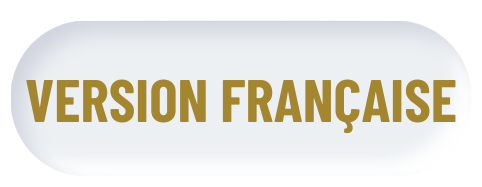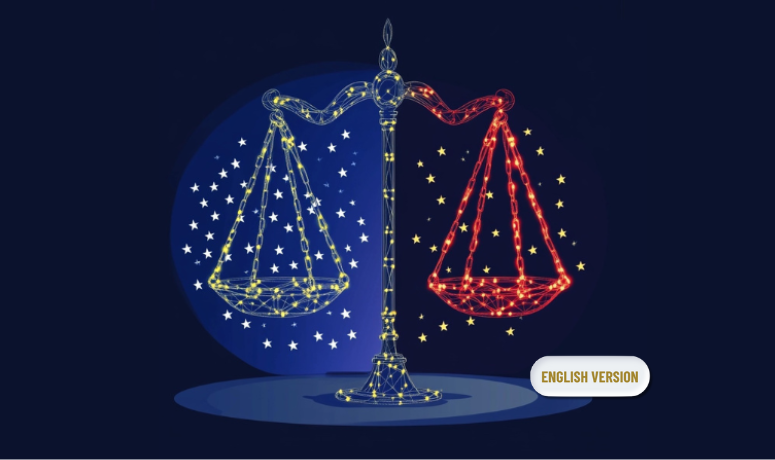On 1st January 2024, the first version of the Mickey Mouse character, as seen in the film Steamboat Willie (1928), entered the public domain, despite years of multi-front battles waged by the Disney group. However, it has been ‘rescued’ from the public domain twice, first when it was due to expire in 1984 and then again in 2003.
A 95-year-old empire
Originally, the maximum term of protection for a work in the United States was 56 years after publication.
The US Copyright Act of 1976 extended the term to 50 years after the death of the author and 75 years after publication or 100 years after creation, whichever is shorter, particularly for works that qualify as “works made for hire” (understand: in the case of an order).
After the United States ratified the Berne Convention, legislation was considered to extend the term of protection so that American creations would benefit from protection comparable to that in the countries of the European Union. And so, in 1998, the Copyright Term Extension Act extended protection to 70 years after the death of the author and 95 years after publication or 120 years after creation for “works made for hire”.
The Mickey Mouse character, created in 1928, which was due to fall into the public domain 56 then 75 years after its first publication, was « saved » in extremis by the 1998 law, which also extended protection to 95 years for works published before 1 January 1978.
One Mickey can hide another
Make no mistake: Mickey Mouse’s entry into the public domain only affects one of his versions, to the exclusion of the others. In fact, only the first version of Mickey Mouse in 1928 (and his friendly companion Minnie) has entered the public domain. It doesn’t concern the more modern versions of the Mickey figure that, in principle, still form part of Disney’s legacy.
The Disney company has formally stated that « more modern versions of Mickey will not be affected by the expiration of Steamboat Willie’s copyright, and Mickey will continue to play a leading role as a global ambassador for The Walt Disney Company in our storytelling, theme park attractions and merchandising« .
Therefore, before adapting the 1928 Mickey Mouse with more modern features, a study should be carried out to analyse whether the adaptations are likely to constitute an infringement of the copyright that Disney still holds in more recent versions of the famous mouse. Even then, these adaptations must relate to elements that are not individually protectable by intellectual property rights.
In theory, certain features of newer versions of Mickey could be freely used, provided that the lack of originality of these features can be demonstrated in the event of legal action by Disney, which has assured that it will continue to protect its emblematic character. The final decision will, of course, rest with the courts. Can the white gloves and the red short that were added later be freely used freely? Better safe than sorry.
It will be argued, for example, that it may now be permissible not only to reproduce Mickey 1.0, but also to adapt him: wanting to colour him, to change his features or expressions – as long as the adaptation does not come too close to modern versions of Mickey by reusing original elements.
This is reminiscent of a 2014 case between an author and the estate of Arthur Conan Doyle before the US Court of Appeals for the Seventh Circuit, involving the iconic character of Sherlock Holmes. In 2013, all but ten of Arthur Conan Doyle’s works entered the public domain. At that time, an author wanted to publish a book based on the character of Sherlock Holmes. The right holders considered that the character of Sherlock Holmes had been developed up to (and mainly in) the last ten works, and that the complexity of the character meant that he should be protected until the last works completing him entered the public domain. For some, this was an attempt by the right holders to artificially extend the period of protection for the detective character. They were unsuccessful as the Court held that any subsequent modification of the character in the last ten works, even if independently original and protectable, does not revive the expired copyright in the original character. However, for the avoidance of doubt, the Court confirmed that the last ten works, which were derived from the first stories, contained original elements which had not entered the public domain.
The Mickey trademark
Naturally, the arrival of the famous character in the public domain had long been anticipated by Disney, which strategically registered trademarks (notably in France and the European Union) to protect the 1928 version of its Mickey Mouse character and found its licensing empire.
As a reminder, unlike copyright protection, which is necessarily limited in time in the case of economic rights, trademark ownership can be renewed indefinitely. However, unlike copyright, trademark rights are potentially perpetual, provided they are diligently renewed.
In the United States, the Supreme Court has already ruled that trademark registration cannot be used as a way of bypassing copyright law and, in particular, the expiration of the monopoly it confers. Trademark law cannot therefore be used to unlawfully restrict the right to create. Nevertheless, the Mickey trademarks registered in the European Union are subject to the legal regime of that territory. Consequently, the use of the Mickey trademark, including the graphic representation of the 1928 character, in the European territory must be carried out in accordance with the applicable law.
It is therefore certain that Disney will be able to oppose the use, in the course of trade, of a sign similar or identical to its registered trademark, to present similar or identical products. Thus, a low degree of similarity between the goods and services may be offset by a high degree of similarity between the signs in question (and vice versa!).
Not using the identical graphic sign for the Mickey character registered by Disney in 1928 may not be enough. When considering the likelihood of confusion, judges may have to consider the exceptional degree of recognition of the earlier Mickey mark in the market. Its popularity would be difficult to deny. Thus, the use of Mickey in a version deliberately not similar to the registered sign on derivative products (widely marketed by Disney) could present a clear risk unless measures are taken to avoid confusion.
What’s more, since the Walt Disney Studio usually opens its animated films with the appearance of Mickey in 1928, it is easy to imagine that the reproduction of the said character in a film produced by a third party could, without precautions, lead consumers to believe that the film was produced by the Disney Studios. Care should therefore be taken before proceeding with any commercial exploitation of the 1928 Mickey.
What a Mic(key)mac!
Whether based on copyright or trademark law, it is always possible to invoke the exceptions specific to each of these two regimes, with European case law considering that the right to freedom of expression must sometimes take precedence over the monopoly granted to an intangible asset. In the case of the Mickey Mouse character, the parody exception, which exists in both trademark and copyright law (but with different criteria), could usefully be invoked.
Finally, it should be remembered that intellectual property laws differ from one exploitation country to another, which necessarily has a territorial impact on the protection (or lack of protection) of Mickey Mouse, who entered now into the public domain under the rules of American law. In principle, the public domain is not a homogeneous concept and varies according to the legislation of the country in which protection of a work is sought, regardless of the country of origin of the work (or of the author).
It is also conceivable that Disney could break out of the intellectual property straitjacket and take various actions, for example on the grounds of unfair and parasitic competition, to maintain some control over the uses made of Mickey. Although the Mickey character has undoubtedly fallen into the public domain (and can therefore be freely appropriated) by virtue of the rules of copyright, the fact remains that his freedom is only relative.







